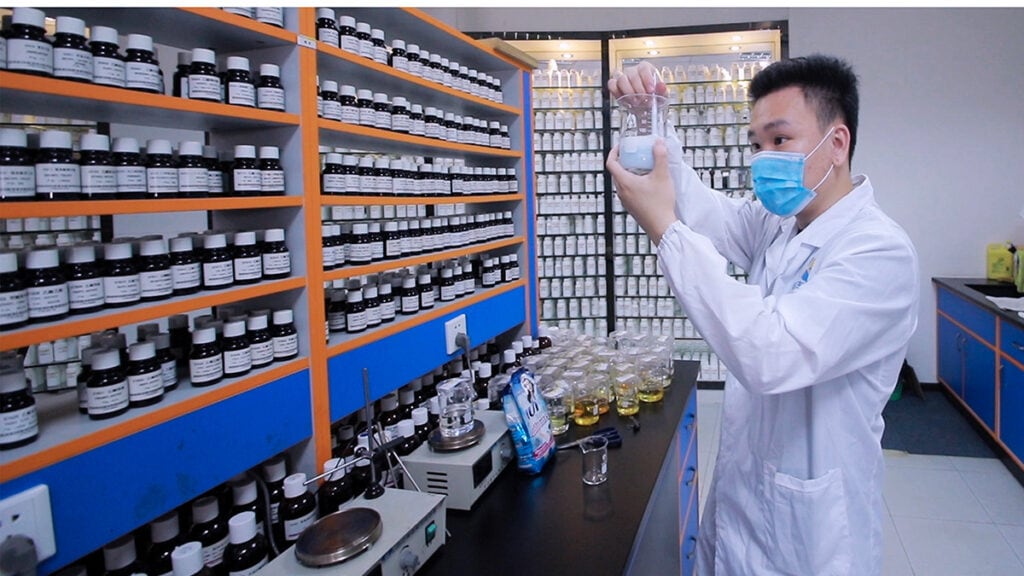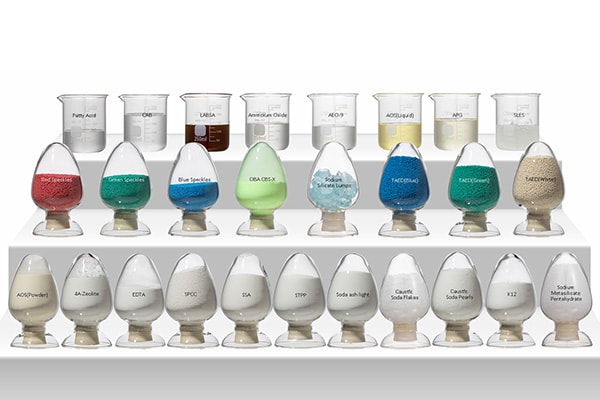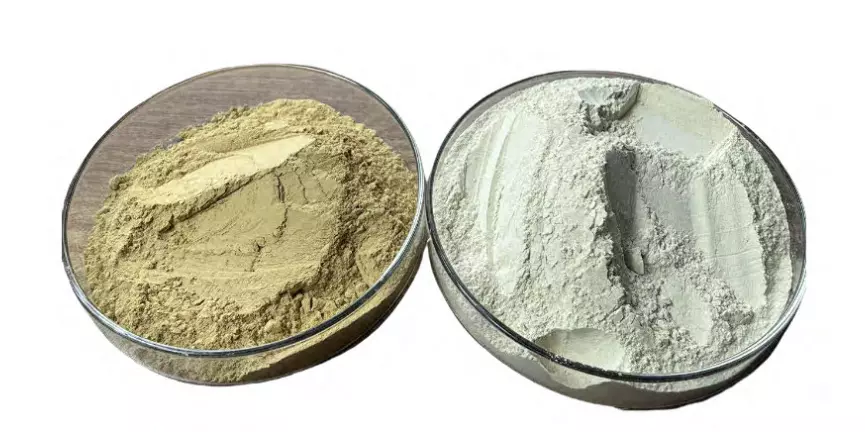The Performance of STPP
Introduction to STPP
Sodium Tripolyphosphate (STPP) is a white, crystalline powder that is commonly used as a cleaning agent in laundry detergents and other cleaning products. It is an essential component of many cleaning formulas and is known for its ability to enhance cleaning performance, brighten colors, and remove stubborn stains.
Chemical Composition of STPP
The chemical formula for STPP is Na5P3O10, and it is a salt of the polyphosphate family. It is made up of three phosphates, which are bound together to form a chain. This unique chemical composition provides STPP with its powerful cleaning properties and makes it a highly effective ingredient in detergents.
Physical Properties of STPP
STPP is a soluble substance in water and has a neutral pH value. It is a crystalline powder that is free-flowing and easy to handle, making it a convenient ingredient to work with in cleaning product manufacturing. The solubility of STPP means that it is easily dissolved in water, and it can be readily incorporated into cleaning formulas.
Properties and Benefits of STPP as a Cleaning Agent
STPP is an excellent cleaning agent due to its ability to soften water, which in turn enhances the cleaning performance of detergents. It also helps to remove hard water deposits, brightens colors, and removes stubborn stains. Additionally, STPP is effective at removing grease and oils from clothes, making it a popular ingredient in laundry detergents. The versatility of STPP makes it an essential component in many cleaning formulas, and its ability to enhance cleaning performance has made it a popular choice among manufacturers and consumers alike.
The Production of STPP

Raw Materials and Their Sources
STPP, also known as sodium tripolyphosphate, is produced from the reaction of phosphoric acid with sodium carbonate. The raw materials needed for the production of STPP are readily available and can be sourced from various regions around the world. Phosphoric acid is typically sourced from mineral deposits while sodium carbonate is produced from soda ash or trona ore.
The Production Process of STPP
The production process of STPP involves the reaction of phosphoric acid and sodium carbonate in a controlled environment. The reaction is carried out in a reactor, where the two raw materials are mixed together and heated to a high temperature to produce STPP crystals. The crystals are then cooled, dried, and screened to remove any impurities before being packaged for distribution.
Quality Control and Standardization in STPP Production
To ensure consistent quality and adherence to industry standards, STPP production facilities implement a strict quality control process. Samples of the final product are taken regularly for laboratory testing to check for chemical composition, physical properties, and purity. Any deviations from the established standards are promptly addressed to ensure consistent quality and reliability of the final product.

Environmental Impact of STPP Production
Like any industrial production process, the production of STPP can have some impact on the environment. However, STPP production facilities take steps to minimize this impact by implementing environmentally-friendly practices such as reducing emissions and waste. They also invest in research and development to find new and innovative ways to reduce the environmental impact of STPP production.
The Role of STPP in Detergents
Introduction to the Use of STPP in Detergents
STPP is widely used in various types of detergents, including laundry detergents, dishwashing detergents, and industrial cleaning agents. It is a powerful cleaning agent due to its unique properties and benefits.
Properties of STPP that Make it Suitable for Detergents
STPP is a multi-functional ingredient in detergents that serves several key functions, such as a water softener, stain remover, and builder. It helps to remove hard water ions and minerals that can reduce the effectiveness of detergents, thereby improving the cleaning performance. It also has a strong chelating effect that helps to remove mineral stains, rust, and other hard-to-remove stains. Additionally, STPP acts as a builder, which helps to enhance the performance of other ingredients in the detergent, such as surfactants, enzymes, and bleaches.
Different Applications of STPP in Various Types of Detergents
STPP is used in various types of detergents, such as laundry detergents, dishwashing detergents, and industrial cleaning agents. In laundry detergents, it helps to remove mineral stains and improve cleaning performance. In dishwashing detergents, it helps to soften water and remove food residue, making it easier to clean dishes. In industrial cleaning agents, it is used to remove mineral deposits, grease, and oil from various surfaces, such as machinery, flooring, and walls.

STPP’s Role in Improving the Sustainability of Detergents
In addition to improving the cleaning performance of detergents, STPP also helps to improve the sustainability of detergents. It is a biodegradable and environmentally friendly ingredient, making it a more sustainable choice compared to other traditional builders, such as sodium carbonate. Furthermore, STPP is effective at low concentrations, reducing the amount of detergent needed for each wash, thereby reducing its environmental impact.
Comparison with Alternative Raw Materials
Introduction to Alternative Raw Materials for Detergents
Detergents are a crucial part of our daily lives, and there is a constant effort to find raw materials that provide better performance, sustainability, and cost-effectiveness. Sodium Tripolyphosphate (STPP) has been widely used as a cleaning agent in detergents for several decades, but there are other alternative raw materials that have been gaining popularity in recent years. These alternative raw materials include sodium carbonate, sodium silicate, and sodium metasilicate, among others.
Comparison of Properties and Benefits between STPP and Alternative Raw Materials
STPP is a highly effective cleaning agent, with a strong ability to remove grease and stains. It also helps to soften hard water, making detergents more effective. When compared to alternative raw materials, STPP offers superior cleaning performance and provides better value for money.
In comparison, sodium carbonate is a weaker cleaning agent and is often used as a filler in detergents to increase bulk volume. Sodium silicate and sodium metasilicate are known for their water-softening properties, but their cleaning performance is relatively limited.
Comparison of Environmental Impact between STPP and Alternative Raw Materials
When it comes to environmental impact, alternative raw materials such as sodium carbonate, sodium silicate, and sodium metasilicate are often seen as more sustainable than STPP. This is because STPP production is energy-intensive, and the by-products of the production process can be harmful to the environment.
In contrast, alternative raw materials such as sodium carbonate are relatively low-impact and are easily obtainable from natural sources such as limestone and soda ash. Sodium silicate and sodium metasilicate have a lower environmental impact than STPP, and their production processes generate fewer harmful by-products.
Cost Comparison between STPP and Alternative Raw Materials
When it comes to cost, STPP is generally more expensive than alternative raw materials. This is due to the high cost of production and the need for advanced processing techniques. However, the superior cleaning performance offered by STPP more than makes up for the higher cost, making it a more cost-effective option in the long run. Alternative raw materials such as sodium carbonate are cheaper to produce but offer limited cleaning performance, which can result in the need for additional raw materials to be added to the detergent. This, in turn, increases the overall cost of production.

STPP for African Detergent Factories
How STPP Can Benefit African Detergent Producers
African detergent producers can benefit from using STPP in several ways. Firstly, STPP has proven to be an effective cleaning agent, which can result in better cleaning performance for the detergents produced. This can help increase customer satisfaction and, in turn, boost sales for the detergent makers. Secondly, STPP is cost-competitive compared to alternative raw materials, which can help reduce production costs for African detergent factories. Thirdly, STPP is easy to obtain, as it is widely available in the market, which can help African detergent makers access a reliable source of raw materials for their production.
Importance of STPP for the African Detergent Market
The African detergent market is a growing market with increasing demand for high-quality and effective detergents. STPP can help meet this demand by providing detergent makers with a high-performance cleaning agent that can help improve the quality of their products. Additionally, as consumers become more environmentally conscious, STPP can help detergent makers offer eco-friendly and sustainable detergents, as it has a lower environmental impact compared to some alternative raw materials.
Factors That Make STPP a Preferred Choice for African Detergent Makers
STPP has several factors that make it a preferred choice for African detergent makers. Firstly, STPP is a well-established cleaning agent with a proven track record of effectiveness. Secondly, STPP is cost-competitive, which can help detergent makers reduce their production costs. Thirdly, STPP is easy to obtain, as it is widely available in the market, which can help detergent makers access a reliable source of raw materials for their production. Finally, STPP has a lower environmental impact compared to some alternative raw materials, which can help detergent makers offer eco-friendly and sustainable products to their customers.
Potential Benefits for African Detergent Factories That Switch to STPP
African detergent factories that switch to using STPP can expect several benefits. Firstly, they can expect to see an improvement in the cleaning performance of their detergents, which can help increase customer satisfaction and sales. Secondly, they can expect to reduce their production costs, as STPP is cost-competitive compared to alternative raw materials. Finally, they can expect to offer eco-friendly and sustainable detergents to their customers, as STPP has a lower environmental impact compared to some alternative raw materials.




